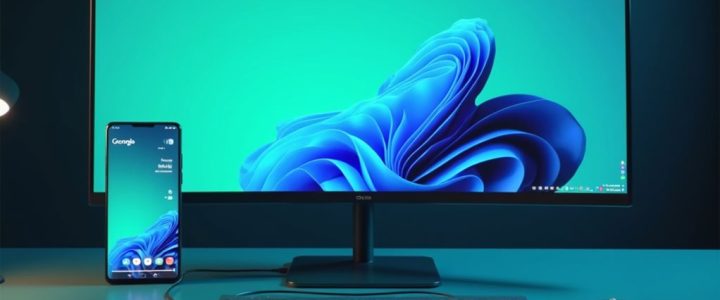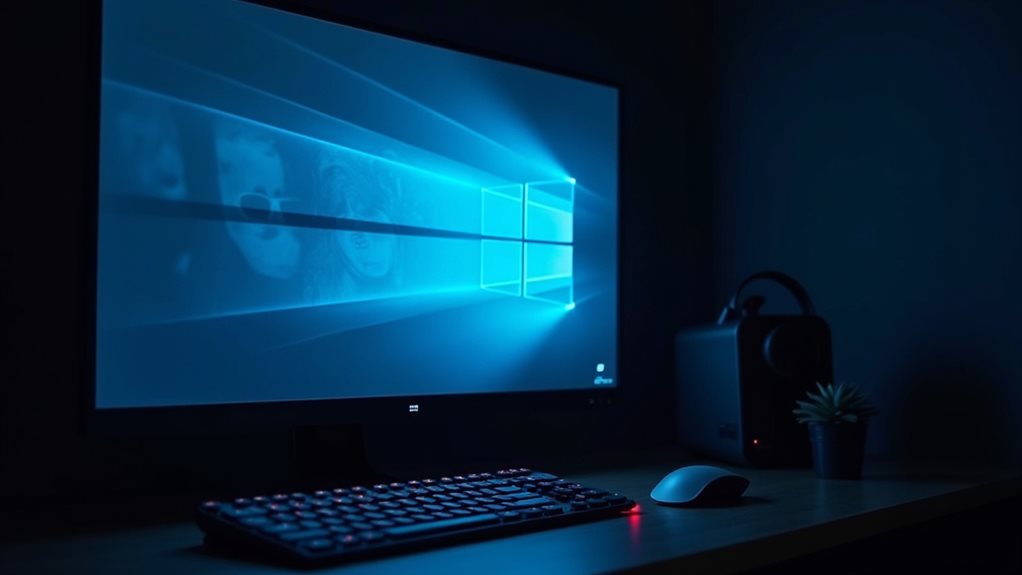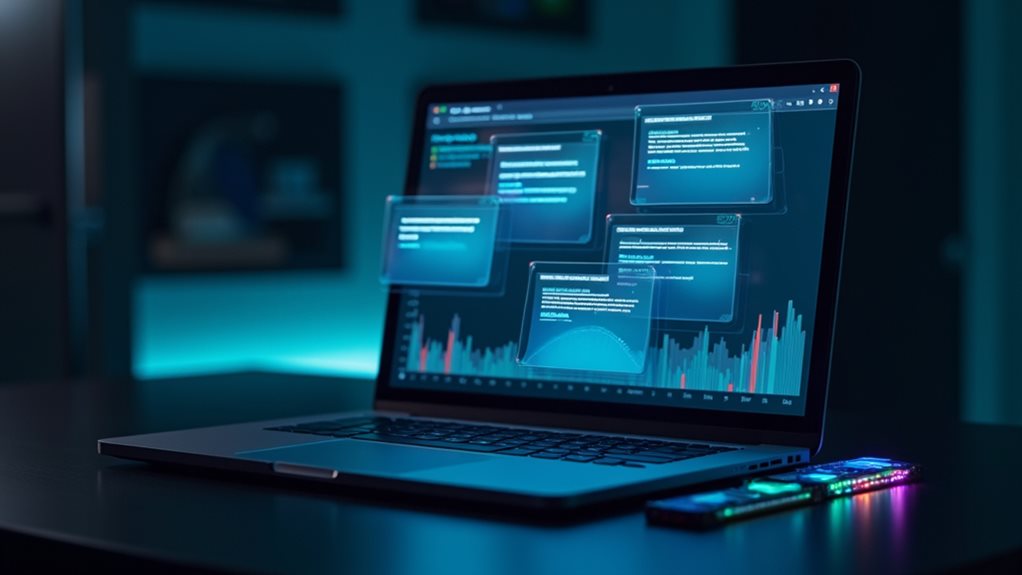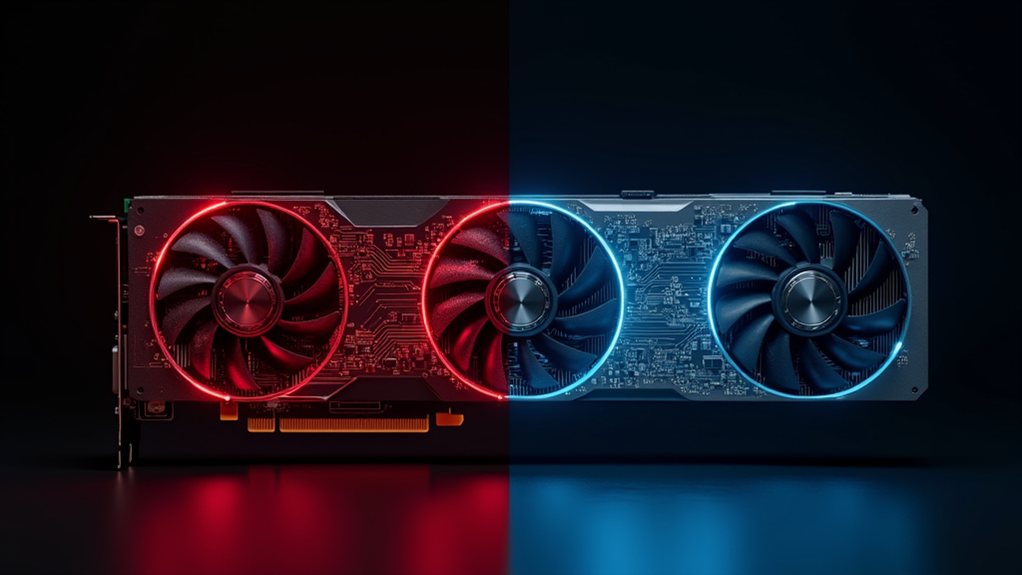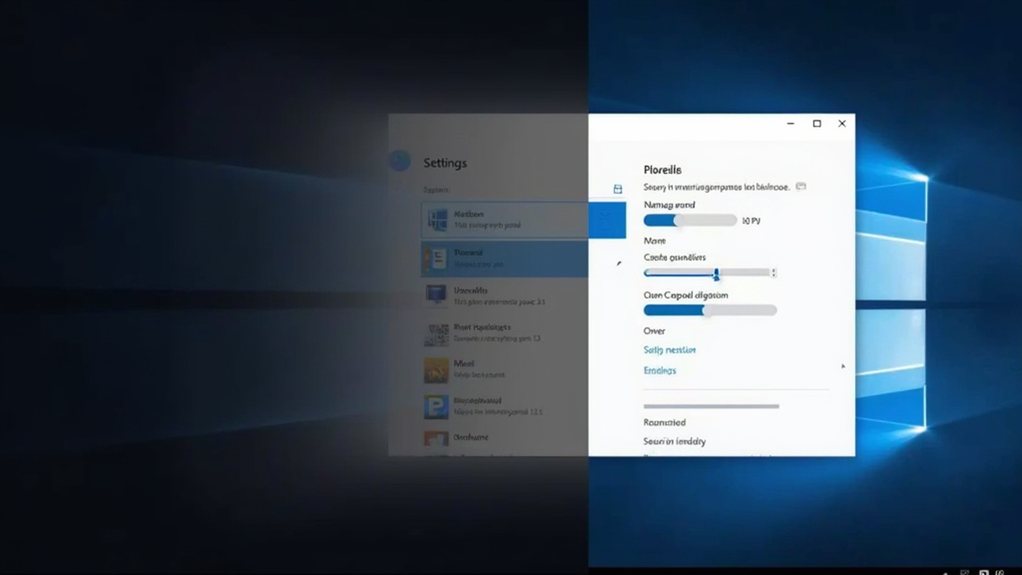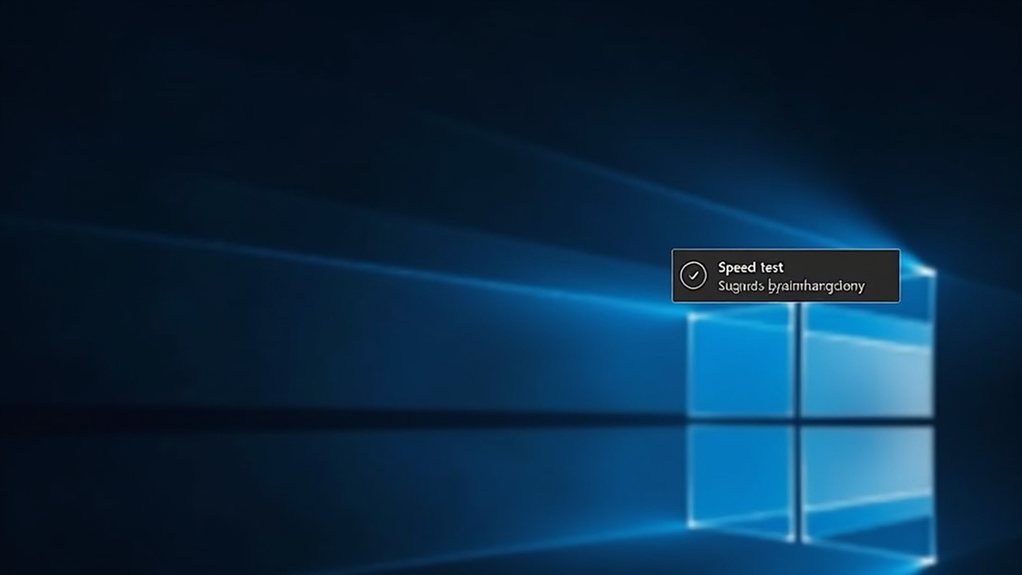Google Challenges PC Norms with Android Launch
In 2025, Google aims to redefine the PC environment with its ambitious Android convergence platform. This initiative merges smartphones and PCs, leveraging Qualcomm’s ARM chips for efficiency. “It’s not just another OS; it’s a new way to interact with technology,” says industry expert John Doe. With native desktop modes and Gemini AI integration, it promises a seamless experience. Is your phone about to transform into your next laptop? Stay tuned for what’s next.
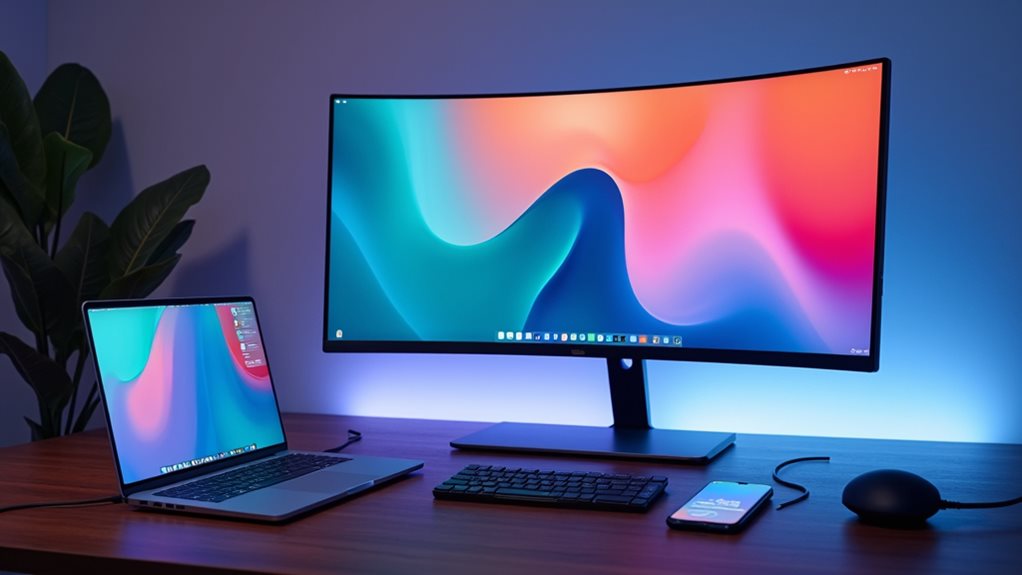
As Google reveals its ambitious Android convergence platform designed to seamlessly blend the worlds of smartphones and PCs, the tech environment brims with anticipation. Confirmed as a unified platform, this next-generation solution aims to establish a common technical foundation that will allow users to enjoy Android’s extensive ecosystem across desktop computing systems, posing a direct challenge to Windows and macOS.
Qualcomm’s CEO, Cristiano Amon, admires the project as a visionary stride towards mobile-PC convergence, pointing out Microsoft’s past shortcomings with Windows Core OS. Google’s strategy leverages the foundations of Chrome OS, alongside a robust network of partnerships with PC manufacturers, to support this innovative shift.
Among the most intriguing facets of this convergence is the integration of Google’s Gemini AI models. This core component of the tech giant’s AI stack is set to be embedded directly into the Android PC ecosystem. Envision this: AI assistants and advanced machine learning capabilities available natively on PCs. This strategy promises to transform user experiences across devices, capitalising on AI to improve not only productivity but also interaction.
The integration of Gemini AI models promises to revolutionize user experiences, enhancing productivity and interaction across devices in the Android PC ecosystem.
But will these AI advancements be enough to overturn Microsoft’s burgeoning Windows Copilot integration? Google clearly hopes so, positioning Gemini as a key differentiator for its desktop Android environment against traditional operating systems.
The hardware side of the launch is no less interesting. Google is sharpening its focus on ARM-based Qualcomm Snapdragon processors, which could potentially outclass Intel’s dominance in premium laptop markets. Picture this: Snapdragon chips, designed for performance and efficiency, allow Android apps to run natively on PCs without emulation overhead. The synergy between the hardware and software promises considerable gains in both performance and efficiency for users, with many new devices expected to utilize Qualcomm’s Arm chips rather than traditional x86 processors.
Moreover, the Android 16 QPR1 Beta 2 recently showcased a preview of a native desktop mode. Gone are the days of archaic desktop environments; Android users can anticipate windows they can resize, a taskbar-like interface, and even the ability to connect their smartphones to external displays via USB-C. If that’s not the kind of tech magic that makes you grin like a kid on Christmas morning, what is?
Full desktop mode for phones is projected for Android 17 or subsequent updates in 2026, with stable tablet support anticipated in 2025.
To top it off, the merging of Android and Chrome OS reduces fragmentation, streamlining development processes. For existing Android app developers, targeting PC environments becomes much easier—no need to learn entirely new frameworks. This smooth convergence not only facilitates app ecosystem growth but also promises an efficient integration with improved file sharing and app continuity.
As Google prepares to challenge entrenched norms, one cannot help but wonder: will this ambitious initiative truly redefine the tech domain? On the horizon, the Android launch in 2025 does not just signal a shift; it heralds a new era, one where smartphones and PCs unite—sweet dreams or chaotic reality? Only time will tell.
Final Thoughts
As Google gears up to launch Android for PCs in 2025, the tech landscape is on the brink of transformation. This innovative move promises to blend mobile efficiency with desktop capabilities, potentially altering how users interact with their devices. With such a shift on the horizon, it’s essential to ensure your systems are secure and optimized for this new era. The Virus Removal Brisbane team is here to assist you in safeguarding your devices, ensuring you can seamlessly transition into this new computing future. Don’t wait for the change—click on our contact us page to get in touch and protect your technology today!

